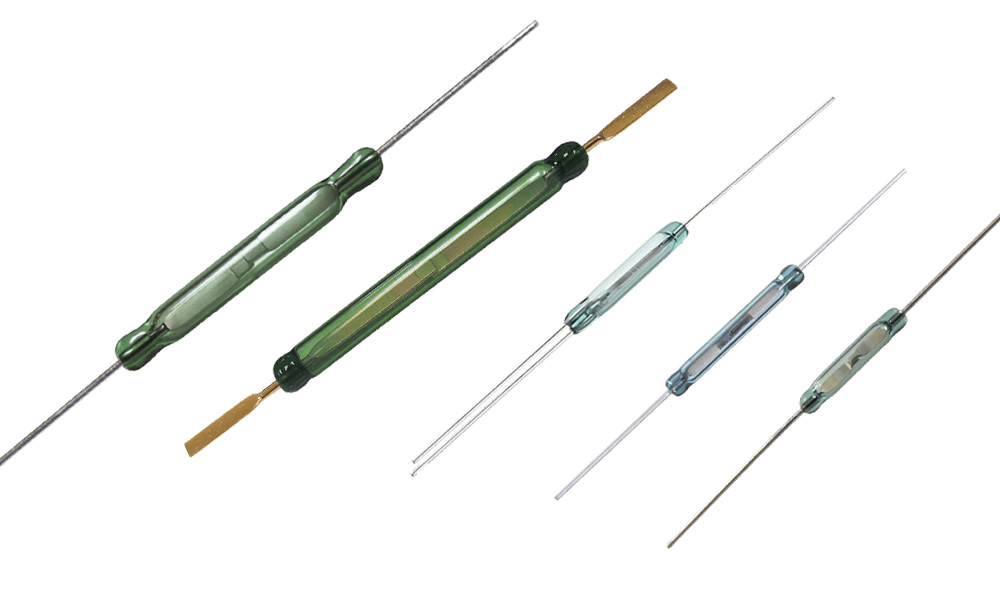 0755-8253 2401
0755-8253 2401 About the steps of making reed switch
1. Lead inspection: Physical size, surface defects and hardness inspection of nickel-iron wire.
2. Reed pressing: The lead wire is rotated, straightened and pressed into the reed, pressing the reed and inspecting its physical size, straightness and visual defects.
3. Degreasing: The reeds are degreased to remove grease and oil. There is a built-in cooling system in the production equipment to minimize steam loss.
4. Annealing: After removing the oil stains, the reeds are annealed to soften them and reduce the residual magnetism. After annealing, the residual magnetism and hardness tests are carried out.
5. Electroplating: The annealed reed is assembled to the carrier and electroplated according to the load contact specifications and required differential of each reed switch.
6. Thickness measurement: Several reed plated samples are tested for micron-thick precious metal plating, with double differential testing.
7. Baking: Bake the dry reed in a controlled atmosphere to burn and clean the organic matter on the surface.
8. Reed switch sealing: The baked reed, inert gas and pre-cleaned glass tube are sealed and automatically assembled through the equipment.
9. Lead plating: The solderable parts of the reed switch end are tinned.
10. Reed Switch Testing: Specially designed testing and manufacturing equipment ensures high quality. All key parameters of the reed switches are rigorously tested. Good test results indicate that the reed switches are functioning normally during the inflation and sealing processes. All reed switches with poor test results will be discarded.
11. Sorting: The reed switches are measured and sorted according to the parameters such as sensitivity, static and variable contact resistance required by the application. They are then packaged and shipped.




